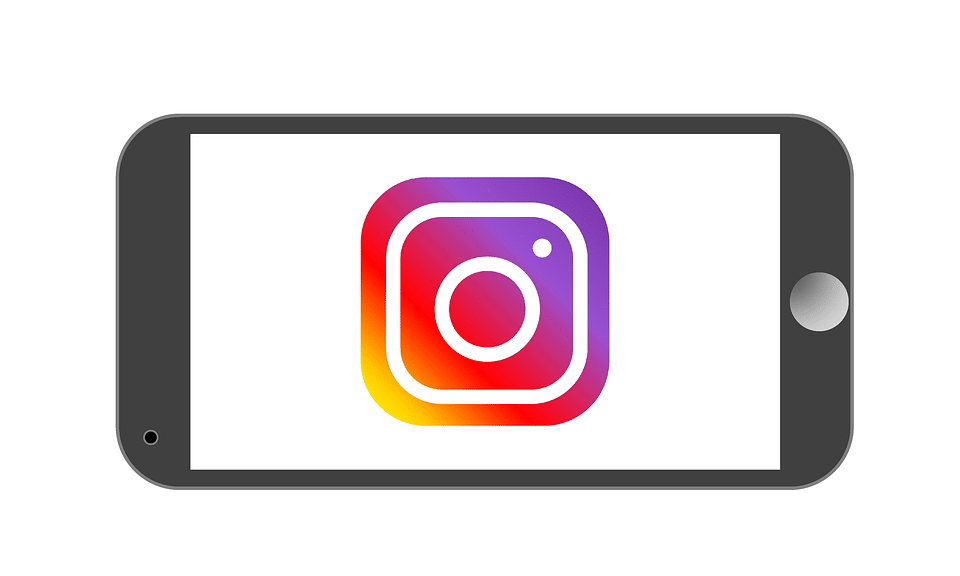Since Instagram decided to ditch chronological feed two years ago, the algorithm of what shows up on your feed has remained somewhat of a mystery. The Facebook-owned company has kept quiet about how these decisions are made…until now.
At a recent media tour at it’s headquarters in San Francisco, Instagram explained (via TechCrunch) the various factors that are weighed out before a post appears in your personal feed. It all comes down to three main considerations: interest, recency, and relationship.
Interest refers to how much Instagram thinks you’ll care about a post, ranking higher what it thinks will matter to you the most. This is determined by your past behavior on similar content.
Recency is, of course, how recently the post has been shared. Timely posts are prioritized over weeks-old ones.
Relationship refers to how close you are to the person that shared the post. Higher ranking is given to those that you’ve interacted with a lot, such as by commenting on their posts or tagging one another in photos.
Instagram also considers the frequency that you open the app, the number of people that you follow, and how long you generally spend on the app each time.
The company used this time to dispel a number of the myths surrounding the algorithm and stated that, at this time, it is not considering an option to bring back a chronological feed. It was also explained that it doesn’t hide any posts in the feed, nor does it favor photo or video posts differently:
- Instagram’s feed doesn’t favor users who use Stories, Live, or other special features of the app.
- Instagram doesn’t downrank users for posting too frequently or for other specific behaviors, but it might swap in other content in between someone’s if they rapid-fire separate posts.
- Instagram doesn’t give extra feed presence to personal accounts or business accounts, so switching won’t help your reach.
- Shadowbanning is not a real thing, and Instagram says it doesn’t hide people’s content for posting too many hashtags or taking other actions.
The news that Instagram won’t be returning to chronological order may have disappointed some users, but at least many of their concerns have been addressed to better determine feeds.
